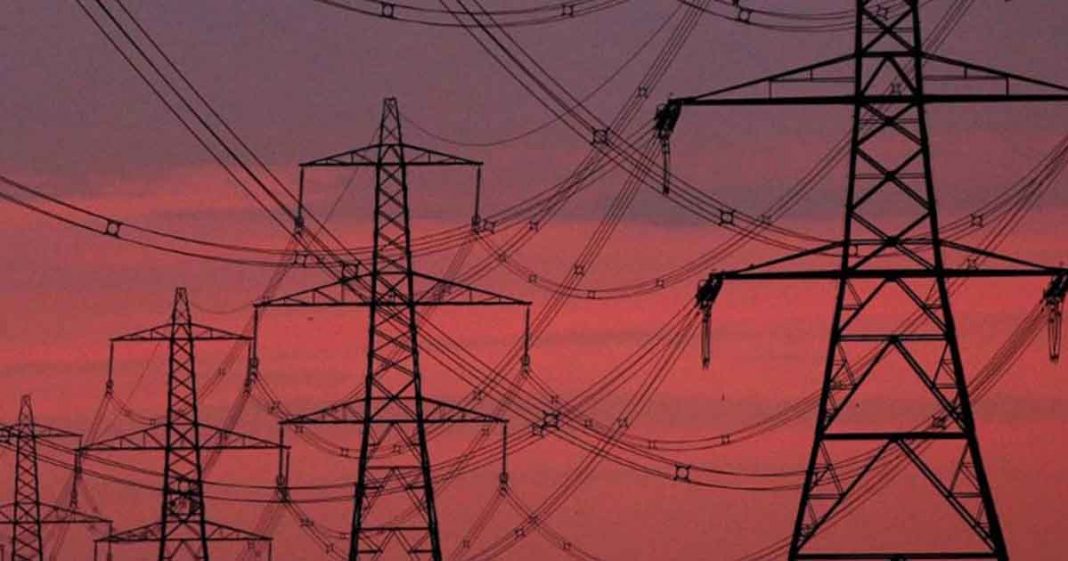The Minister for Energy Hammad Azhar took to Twitter to announce that the Council of Common interest (CCI) has approved Indicated Generation Capacity Expansion Plan (IGCEP) model, which according to him will allow efficient usage of electricity in Pakistan.
According to the plan the power generation will be added when its needed using demand-supply projection, and the contracts would be on least cost basis via open competitive bidding.
The minister claimed that the plan has been pending since 2005, and it will help in the avoidance of issues like excess capacity and expensive, non-transparent power contract in the future.
Read more: Addressing Pakistan’s Gas Crisis through Energy Efficiency
He added that if such a model had been put in place in the past, Pakistan would have avoided many problems including the high circular debt that the power sector faces today.
IGCEP model that only allows power generation to be added when its;
1) Needed (demand-supply projections)
2) Least cost basis (open competitive bidding)has today been approved by Council of Common Interests. It was pending since 2005. 1/2
— Hammad Azhar (@Hammad_Azhar) September 6, 2021
It is worth mentioning that Pakistan’s power sector’s circular debt had reached Rs2.28 trillion in the last fiscal year 2020-21, up from Rs2.15 trillion in the preceding fiscal year.
The incumbent government, especially the incumbent minister of energy and cabinet’s power division under SAPM Tabish Gauhar have been very vocal in their criticism of the previous governments’ contracts with the independent power producers, arguing that the contracts that have been signed are loss-inducing for the national exchequer.
In an interview to GVS, Mr. Gauhar had said that there’s no particularly easy way to explain the circular debt issue that we confront now, but to put it as simplistically as possible. He said, “It is due to what I call the tsunami of new contracted capacity that we have inherited.”
Read more: Cabinet Committee on Energy expected to resolve the Inter-Ministerial Deadlock on Monday
He added, “That (the contracted capacity) is at least in my mind 25 percent more expensive than they could have been, and at least 40 to 50 percent more than our requirement, and to rub salt to the wound they are front-loaded. It means that the average tariff for the first ten years is twice that of the remaining 15 years of the contract.”
Similarly, Hammad Azhar has mentioned it so many times. One such notable time was when the minister of energy replied to PTI’s Noor Alam Khan in assembly one the issue of circular debt, and the provision of energy to the marginalized areas.
The minister started his speech with some rhetorical questions saying was it Imran Khan who signed 50 percent higher power contracts (referring to the PMLN’s much-debated contracts with IPPs).
“Was it Imran Khan’s government that has not done investment on any infrastructure or transmission over the last ten years?”, the minister added.
He asked the assembly whether it was the incumbent government that had done political hiring of the linemen and meter readers in the DISCOS of Pakistan. Mr. Azhar said that the incumbent government is working honestly to reverse the damages the previous governments had done to the power production and distribution sectors of Pakistan.
Read more: It will take five to seven years to fix the energy crisis, Tarin
He said that in 2023, Pakistan’s installed electricity production capacity would exceed the demand for it by 50 percent, and for all that extra electricity the national exchequer would be paying Rs1500 billion annually. He asked if such deals were done by Imran Khan. He said that Pakistan’s electricity production capacity is more than 30,000 MW, but our system can’t put on load more than 24000 MW.
It was then in June that the CCI approved Pakistan’s National Electricity Policy 2021 to resolve Pakistan’s problems with respect to the power sector.














